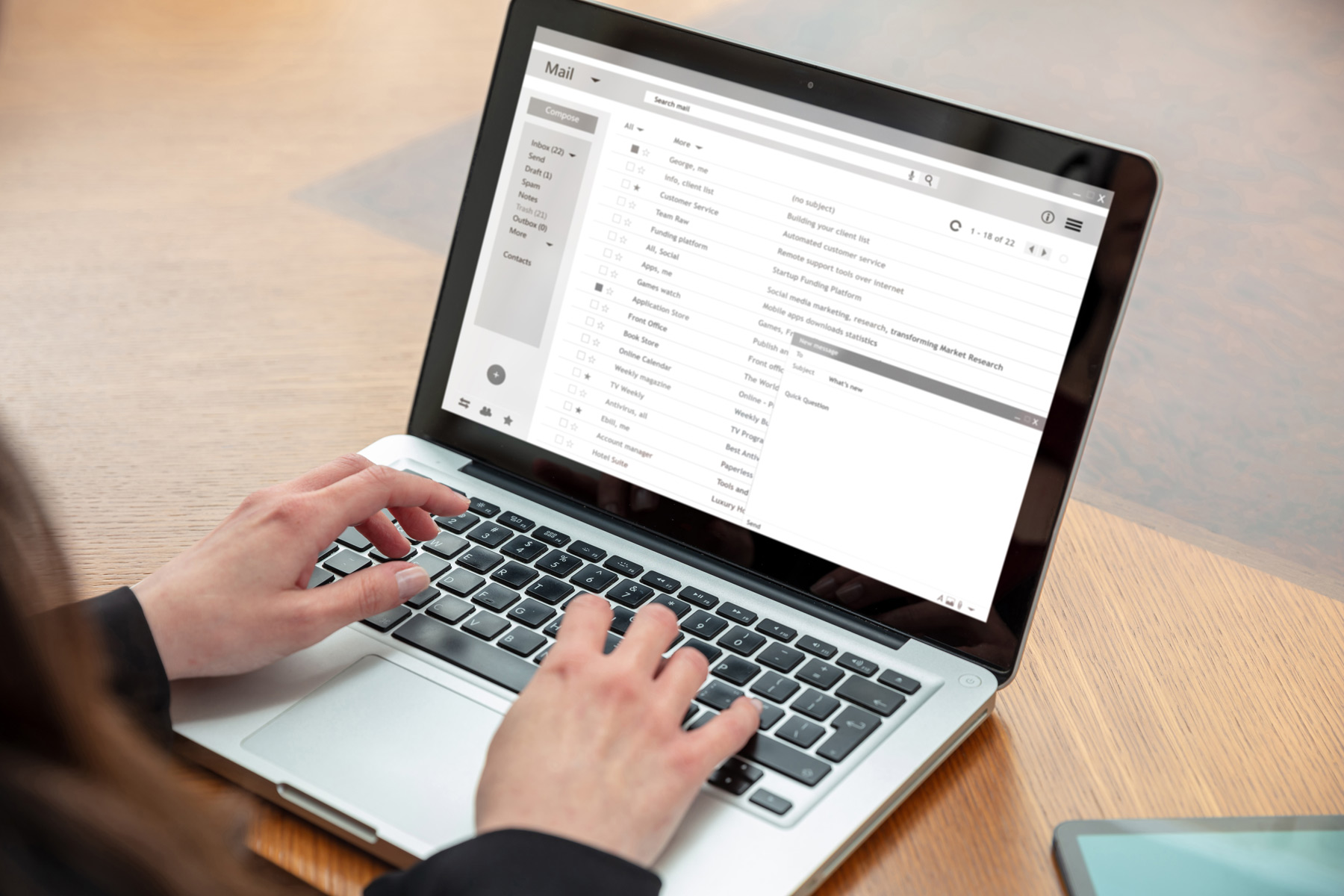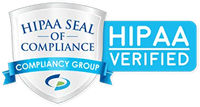Google Workspace offers many collaboration tools. In healthcare, it can streamline communication and document sharing. However, it’s essential to know that Google Workspace isn’t HIPAA compliant. Without proper measures, using it can risk patient privacy. Ensuring compliance is crucial for protecting sensitive information.
Healthcare providers use Google Workspace for various tasks. It simplifies scheduling, emailing, and file sharing. These tools improve efficiency and help teams work better together. But, without added safeguards, sensitive data may be exposed. It’s vital to understand the limitations and take steps to secure information.
Importance of HIPAA Compliance
HIPAA compliance ensures patient data stays private and secure. It builds trust between patients and healthcare providers. Non-compliance can lead to serious legal issues and data breaches. By adhering to HIPAA guidelines, organizations protect both themselves and their patients. This commitment to privacy is essential in all healthcare communications.
Understanding HIPAA Compliance
HIPAA protects patient information and requires secure data handling, including encrypting emails and controlling access. Without these steps, patient privacy can be at risk. Compliance is crucial to maintaining trust and avoiding legal issues.
Patient data needs strong protection. Encryption keeps the data safe from unauthorized access. Limiting who can see or change data is essential. Regular checks help find and fix security weaknesses. These actions ensure information stays secure and private.
Technology helps meet HIPAA standards. Secure tools protect sensitive data, offer encryption, and allow control over who accesses information. Healthcare providers can keep data safe by using the right tools, ensuring privacy, and building patient trust.
Google Workspace Features
Google Workspace offers various tools, including Gmail, Google Drive, and Google Meet. These help with communication and collaboration. Users can share documents, schedule meetings, and send emails. The platform is user-friendly and efficient for organizing tasks and information.
Google Workspace combines several services. Gmail manages email communication. Google Drive stores and shares files securely. Google Meet facilitates video and conference calls. Docs and Sheets allow for document and spreadsheet creation. These tools support productivity and teamwork.
In healthcare, Google Workspace aids in team coordination. Staff use it to schedule appointments and share patient documents. Google Meet is useful for remote consultations. Docs and Sheets help manage patient records and reports. Despite these benefits, extra steps are needed to ensure HIPAA compliance.
Limitations in Compliance
Google Workspace isn’t HIPAA compliant by itself. This is because it lacks specific security measures needed for patient data. HIPAA requires encryption and strict access controls. While Google Workspace offers some security, additional steps are required. Without them, using it for healthcare can pose risks.
HIPAA sets strict rules for data protection. Google Workspace doesn’t naturally include all these measures. For example, encryption must meet specific standards and have tightly controlled access. A Business Associate Agreement (BAA) with Google must meet HIPAA. Without these, compliance isn’t fully achieved.
Using Google Workspace without added protections can be risky. Unauthorized users might access data, leading to privacy breaches and legal issues. If data is mishandled, patient trust could be damaged. Ensuring extra security measures helps avoid these vulnerabilities. It is essential for keeping data safe and compliant.
Business Associate Agreements (BAA)
A Business Associate Agreement (BAA) is crucial for HIPAA compliance. It ensures that third-party services like Google Workspace follow HIPAA rules. Without a BAA, using these services for healthcare data can be risky. A BAA clarifies the responsibility for protecting patient information. It’s an essential step in maintaining compliance.
A BAA legally binds a business associate to safeguard health data. It outlines how they handle and protect information. This agreement is vital for ensuring that all parties comply with HIPAA standards. Without it, your organization could face legal challenges. A BAA helps build trust and secure data handling practices.
You need to follow a few steps to set up a BAA with Google. First, ensure your Google Workspace plan supports HIPAA compliance. Then, contact Google to request a BAA. You can often do this through their administration console. Once established, review it regularly to ensure ongoing compliance. Having a BAA in place is key to securing patient data effectively.
Data Encryption
Encryption is key for protecting patient data. HIPAA requires that sensitive information be encrypted, keeping it safe from unauthorized access. Data must be turned into a code that only authorized people can read. Encryption is crucial in preventing data breaches and maintaining privacy.
HIPAA sets specific standards for encryption. It requires strong algorithms to ensure data is secure both in transit and at rest. Proper encryption protects information whether it’s being sent or stored. It helps meet compliance and safeguards patient trust. It’s a fundamental part of data protection.
Google Workspace provides certain encryption features. Data is encrypted in transit using secure protocols. However, basic encryption alone doesn’t guarantee HIPAA compliance. Additional measures and settings are needed to protect sensitive information fully. Combining these features with a BAA makes Google Workspace safer for healthcare use.
Access Controls and Permissions
Access controls are vital for data security. They determine who can view or change information. Proper controls help protect sensitive patient data. By setting permissions, you ensure only the right people have access. This step is crucial for preventing unauthorized data breaches.
Setting up access controls involves defining user roles. Each role should have specific permissions based on its needs. For example, a nurse might access patient records, while admin staff may not. This careful management keeps data secure. Regular reviews of access levels ensure continued protection and compliance.
It’s critical that only authorized staff can access sensitive data. Use strong passwords and two-factor authentication for extra security. Regularly update and monitor access logs to spot any unusual activity. Training staff on security practices also reinforces these measures. By doing so, you maintain a secure and compliant environment.
Audit Logs and Monitoring
Audit logs track what users do. They show who looks at the data and makes changes. This helps catch any problems early. Reviewing logs helps keep data safe. It’s an essential part of HIPAA compliance.
Tracking what users do helps prevent data misuse. It ensures that only the right people see patient information. If something unusual happens, you can spot it quickly. This builds trust and keeps data secure. Monitoring is key for protecting sensitive information.
Google Workspace has tools to track user actions. Admins can see access logs and document changes. These tools help keep data safe. However, more settings might be needed for full compliance. Regular monitoring with these tools strengthens security.
Secure Communication Practices
Google Workspace is excellent for collaboration, but it has limitations for secure email. It doesn’t meet all HIPAA requirements, which can risk sensitive patient data. Ensuring secure communication is essential for patient trust. Extra steps are needed to keep emails safe and compliant.
Google Workspace offers basic security, but it needs more for HIPAA. It doesn’t automatically encrypt all emails end-to-end. This means sensitive data could be exposed. Without full encryption, patient information is at risk. Understanding these limitations is key to improving security.
To enhance security, use extra encryption tools. Services like end-to-end encryption add a protective layer. These tools ensure that only intended recipients can read the emails. They transform sensitive data into code, keeping it private. You can achieve better compliance and safety by combining these with Google Workspace.
Third-Party Integrations
Using third-party apps with Google Workspace can pose risks. Many tools might not meet HIPAA standards, exposing sensitive data to security threats. It’s crucial to be cautious when integrating any new tool. Checking compatibility with HIPAA is essential to maintaining compliance.
Non-compliant tools can lead to data breaches. They may lack proper encryption and security features. If integrated with Google Workspace, they might compromise sensitive information, risking patient privacy. Understanding these dangers helps prevent potential issues.
Before integrating any app, evaluate its security features. Ensure it offers strong encryption and access controls. Request a Business Associate Agreement (BAA) when necessary. Regularly review and update apps to keep them secure. This careful management helps maintain compliance and protects patient data.
Training and Awareness
Staff training is crucial for HIPAA compliance. Everyone needs to understand the rules and what they mean for daily work. Education helps prevent mistakes that can lead to data breaches. By knowing HIPAA requirements, staff can handle data safely. This awareness protects both patients and the organization.
Regular training sessions keep staff up-to-date. They learn about encryption, access controls, and secure communication. Knowing these elements helps in using tools like Google Workspace responsibly. It’s essential to create a culture of compliance. When everyone is informed, risks are reduced.
Using Google Workspace securely requires attention to detail. Always use strong passwords and two-factor authentication. Set permissions carefully to limit access to sensitive files. Review and update security settings regularly. These practices help ensure that patient data remains protected. Implementing them supports both compliance and trust.
Data Backup and Recovery
Backing up data is very important. It keeps information safe and easy to access. Regular backups prevent loss if something goes wrong. This helps maintain trust and comply with rules. It also ensures healthcare services run smoothly.
Data integrity means keeping information correct. Backups save copies of data to ensure accuracy. If data gets lost or damaged, it can be recovered quickly. This helps doctors always have the information they need and supports better patient care and service.
Google Workspace has basic backup features. However, extra tools can provide better protection. Third-party services offer scheduled backups and easy recovery. Using these with Google Workspace keeps data secure, ensuring your information is always safe and available.
Ensuring Full Compliance
Google Workspace by itself isn’t enough for HIPAA rules. You need extra tools to keep data safe. Use encryption and control who accesses the data. Regular checks help find any problems. These steps improve security and protect patient information.
Add third-party tools for better security. These can provide stronger encryption and backups. Make sure to have a Business Associate Agreement with Google. Train staff on safe data practices. Together, these measures keep patient data secure.
Combine different tools and methods for full compliance. Update security settings often to keep data safe. Teach staff about the importance of privacy. Use technology smartly to protect information on all platforms. This approach keeps patient information secure and HIPAA compliant.
Final Thoughts
Google Workspace offers helpful tools for healthcare, but it doesn’t meet HIPAA standards by itself. Extra steps are essential to protect patient data. These include using encryption and setting strict access controls. Regular audits and third-party tools add strength to your security.
Evaluating your current setup is crucial. Make sure Google Workspace is part of a larger compliance strategy. Check that all safeguards are in place. Train your team regularly on best practices. Staying proactive helps keep patient information safe and compliant.
Enhancing compliance measures ensures trust and security. By taking these steps, you effectively protect sensitive data. Keep reviewing and updating your approach as needed. This commitment to compliance builds confidence with patients and partners. Always prioritize privacy and adhere to HIPAA guidelines.



